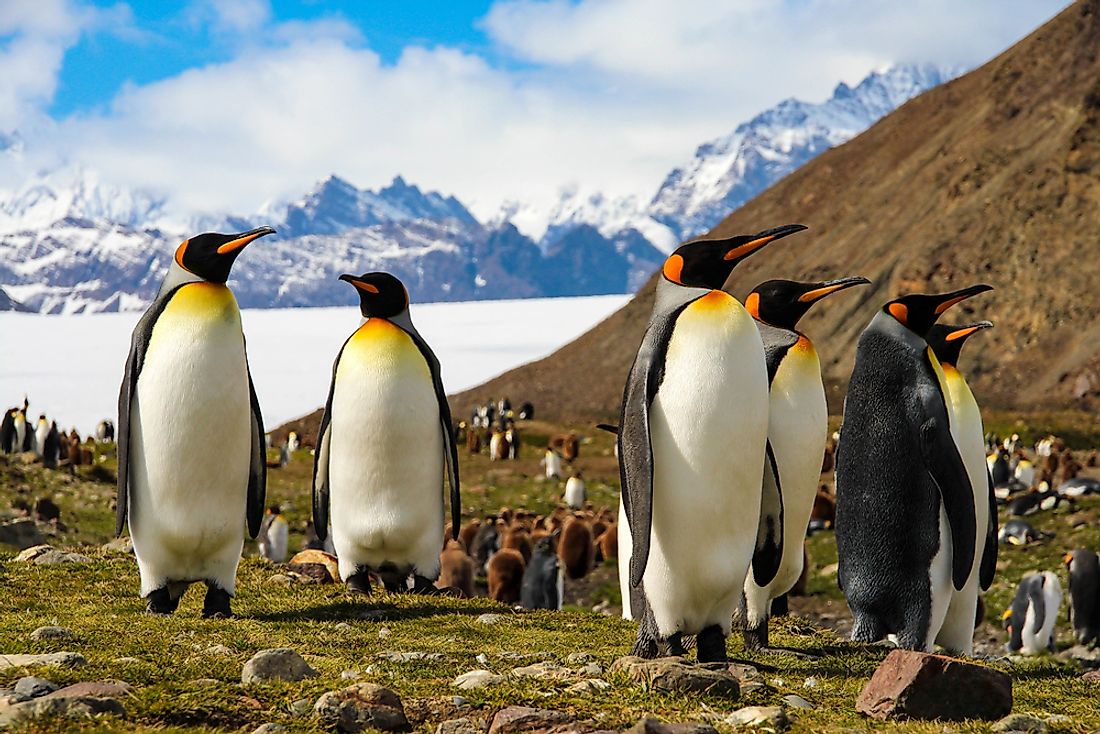Are Penguins Mammals?

A mammal is a vertebrate belonging to the class Mammalia, which is characterized by things like three bones in the middle ear, a neocortex in the brain, mammary glands, and true hair. The female members of this class feed their young ones with milk, which is produced by the mammary glands. The basic body structure of a mammal is usually a quadruped although some of them have adapted for life in the air, sea, underground, in trees, or exhibit bipedal locomotion. The placentals, which are the biggest group in the class, possess a placenta for providing nutrients to the fetus during gestation.
A Penguin Is Not A Mammal, But A Bird
Using the definition and description of a mammal above, a penguin, despite popular belief, is not a mammal. One of the reasons why penguins are not mammals is that they lay eggs instead of giving birth to young ones. In addition, they do not nurse their young ones with milk. Instead, they feed their young ones with regurgitated meals like krill, squid, and fish. The proper classification for penguins is that they are birds in the Family Spheniscidae and Subclass Impennes. Some of the things that show that penguins are birds include the presence of wings, they are egg-laying creatures, and feed their young ones in a manner similar to most birds. In addition, they have hollow bones, which is a feature that is characteristic of birds, and have feet instead of paws or legs of mammals.
Common Misconceptions About Penguins Being Mammals
There are a number of reasons that have fueled the misconceptions about penguins being mammals. One of the reasons is the upright stance of penguins. However, penguins are actually predominantly aquatic birds that are more agile in water compared to land. On land, their motion is more of a waddle than a walk. The high agility in water is made possible by the streamlined shapes of their bodies and the flippers for steering and acceleration.
The group behavior when it comes to protecting their young ones and conserving heat is also another reason why penguins are often mistaken as mammals. To do these two things, penguins usually huddle close together in groups with the young ones in the middle sections for maximum protection. This behavior is common for many mammals. However, most animals show similar behaviors in protecting their young ones.
The skin of penguins also gives the impression of fur. Despite the appearance, the skin is actually covered with closely packed fine feathers for protection against the extreme cold of their habitats. This function of insulation against the cold is made possible by the fact that the feathers are waterproof. The feathers are also useful in trapping in air for buoyancy in water. The confusion is increased by the fact that young ones actually have fur for protection against the cold. As they grow older, however, the fur sheds off and is replaced by feathers.
The feathers also help in providing camouflage against predators. The back feathers are usually darker than the front ones. Most mammal species exhibit some excellent camouflage abilities in their quest for survival. The fact that penguins can also achieve some excellent camouflage is also a reason for the common misconceptions about penguins being mammals.











